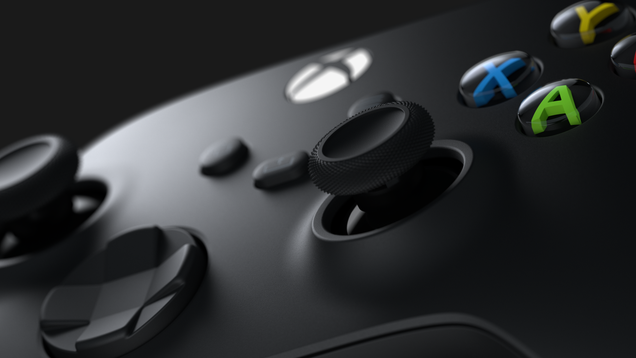Today, Valve released a highly-anticipated update to its portable PC. SteamOS 3.2 brings a lot of fun changes to both the operating system and the Steam client itself, enabling Remote Play Together, tweaks to some visual and UI elements, and the ability to change the screen’s refresh rate The updates to the fan noise, however, are bound to be hotly (sorry) debated around corners of the internet.
Essentially, an ongoing problem with the Steam Deck has been that, in order to keep this pocket PC from bursting into flames, its fan is usually on. And by usually I mean: All. Of. The. Time. And it’s loud! It easily blows past my heavy metal-induced tinnitus to produce enough sound to actually hit an audible pitch. I’ve gotten used to it (I also have hearing damage), but others haven’t been as happy.
The noise inspired iFixit to sell new fans which are, if you’re of the DIY spirit, rather easy to replace and offer a quieter solution. But for those of us who’d rather not break open the device, SteamOS 3.2 allows adjustment of the fan curve, bringing it down so the device doesn’t start singing in its mezzo-soprano range.
Here’s where things are likely to get heated (again, sorry) online. By dropping the speed of the fan, the device is going to get hotter. How much hotter? Well, PC Gamer measured the change as being as high as 10°C (that’s an 18° change in Freedom units) a few weeks ago in just one example. It was enough for them to consider this update as not being worth it given the potential impact on the Steam Deck’s lifespan.

Photo: Kotaku
Digital Foundry had a bit of a more nuanced take; essentially, fan speed, temperature, and utilization, all mix to deliver different results. So you’re likely to see increases in temperature from 4° or 5° to as much as 10° C. It was of their opinion (as well as mine, to be honest) that, since this is still within the expected operating temperatures for the device, you’re probably not going to run into any problems.
This isn’t too dissimilar to debates over whether you should leave your computer on all the time or shut it off when you’re not using it. As a science professor once told me, “Heat is real,” so yes, running the device at hot temperatures isn’t nothing. But technically speaking, unless we’re pushing the device into temperatures it wasn’t designed to run at, why should we have a problem?
I don’t want to dismiss this debate too quickly. According to an old military handbook on the expected lifespan of electronics, 10°C could halve the expected lifespan of a device. Of course, there are so many factors to consider that this is likely to be a debate we’ll continue to wage on Twitter and Reddit.
I guess the only real way to know is to buy about a dozen Steam Decks, have them run the same scene in something like Cyberpunk 2077 for four or five years, set half to the lower fan curve, while the other half uses the original settings. We’ll then see which ones die first. Until such science can be achieved, maybe it’s best to leave the old fan curve settings on if the sound isn’t that big of a deal to you. You are more than likely to come across a fountain of opinions and facts, filled with anecdotes and internet math out there about this one detail. Until we’re a couple of years into the life of the Steam Deck and we start seeing actual results, we’re just not gonna know one way or another.
I leave it to the comment section to, respectfully I assume, discuss further.
Correction 05/27/2022 1:45 p.m. ET: Fixed a math mistake.
Source: kotaku









